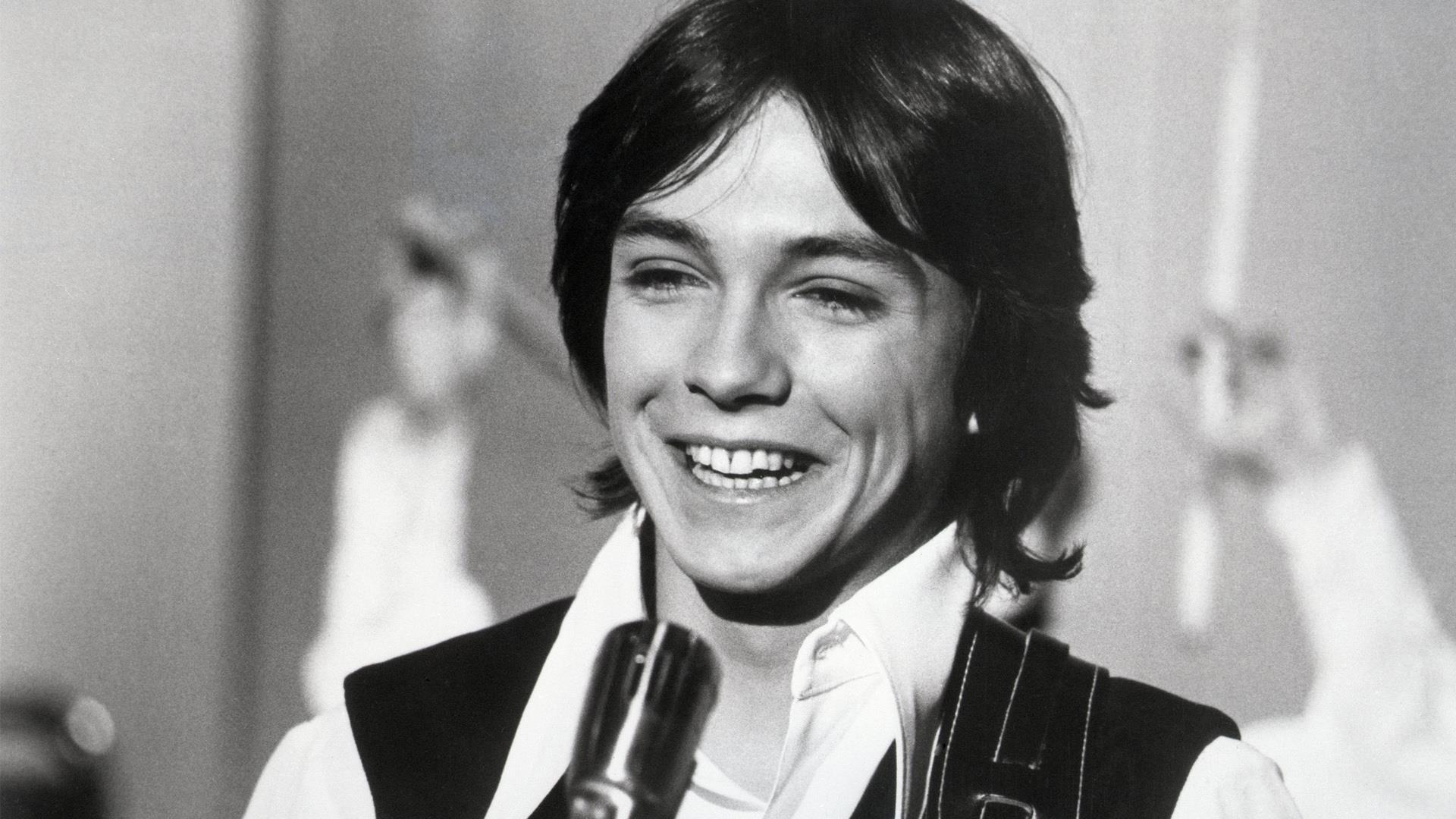
A child’s wish sung with adult tenderness—“The Puppy Song” lets David Cassidy turn Harry Nilsson’s lullaby of longing into a gentle, grown-up promise about hope, kindness, and the soft work of caring for someone.
Key facts first. In autumn 1973, Cassidy issued “The Puppy Song” as a double A-side with “Daydreamer,” and the pairing raced to No. 1 on the U.K. Singles Chart, spending three weeks at the summit in November 1973 and logging a 15-week run overall. Released on Bell Records (U.K. cat. BELL 1334), it finished among Britain’s ten best-selling singles of 1973. Both songs appeared on Cassidy’s album Dreams Are Nuthin’ More Than Wishes—a title lifted straight from the opening line of “The Puppy Song.”
The backstory adds a lovely circle to the picture. Nilsson originally wrote “The Puppy Song” at Paul McCartney’s request for Mary Hopkin, then 18 and newly signed to Apple Records; Hopkin cut it for her 1969 debut Post Card, and Nilsson recorded his own version the same year on Harry. It began life as a small, luminous ode—part lullaby, part letter—about how our simplest desires (to love, to hold, to be held) are often the most durable. Cassidy came to it a few years later, carrying not the Beatles’ countercultural glow but the glow of a young star looking for songs with a longer life than a poster.
What Cassidy heard—and what older listeners still hear—is the wisdom hidden in its plainness. The lyric’s famous opening—“Dreams are nothin’ more than wishes / And a wish is just a dream you wish to come true”—isn’t cute so much as clear-eyed. It treats longing as something honest, not childish: a vow to take care of what you ask for. Where Hopkin’s reading is airy and Nilsson’s affectionate and wry, Cassidy leans into the song’s tender gravity. He smooths the corners without sanding off the feeling, singing not as an idol begging for squeals but as a man trying to be gentle with a fragile hope.
Part of that gentleness is the setting. The album Dreams Are Nuthin’ More Than Wishes—produced by Rick Jarrard—frames Cassidy’s voice with tasteful Los Angeles craftsmanship. You can hear the sheen and the care, the way a Wurlitzer or tack piano cushions the melody and the rhythm section keeps a respectful, unhurried sway. The record’s credits read like a small who’s-who (players such as Michael McDonald and Michael Omartian surface in the period’s sessions), and the overall effect is restraint rather than gloss: a pop chassis built to let a soft song land.
For those who lived with it at the time, the chart story meant more than bragging rights. The U.K. No. 1 run announced that Cassidy could thrive outside the TV frame, and that an unabashedly tender single could command a very public space. It’s telling that the single was worked as a true double A-side: flip from the wistful daydream to this pocket-sized vow and you feel two halves of the same heart. Even the album’s title—borrowed from the song’s first breath—made it clear which sentiment the project considered its compass. (Those words on a record spine turned out to be a keepsake of their own.)
Meaning? “The Puppy Song” is written about a child’s promise—if I had a puppy, I’d love it right—but sung here as an adult ethic: if love comes into my care, I’ll tend it. Cassidy doesn’t over-sing the pledge; he lets it sit in the room the way ordinary vows do, becoming truer because they’re simple. For many older listeners, that’s the sweetness that lasts. We grow into the lyric without outgrowing it. The “puppy” becomes any fragile thing we hope for: a relationship, a second chance, a small peace in a noisy life.
Listen again and you’ll notice the artistry inside that simplicity. The melody rises like a smile you can’t help, then eases back down before anything turns grandiose. The arrangement leaves pockets of air—room for memory to step forward. If you first heard it on a kitchen radio while washing up after dinner, you might remember how the chorus made the house feel warmer for reasons you couldn’t quite name. That’s the quiet power of the record: it doesn’t demand catharsis; it encourages kindness.
There’s also something beautifully fitting in the song’s journey from Beatle orbit (McCartney’s request), through Nilsson’s songwriter’s bench, to Cassidy’s U.K. apex. It maps the way great pop travels: written in one room, refashioned in another, adopted by a third voice that makes it newly legible to millions. In 1973 Britain, amid glam’s glitter and rock’s swagger, a soft song about looking after what you love was the one everyone took home. And half a century on, when someone drops the needle on Dreams Are Nuthin’ More Than Wishes, that first line still feels like an invitation rather than a slogan—a small promise you can keep, sung clearly enough to believe.